Languages / Idiomas / Idiomes

Home > Evaluation of compulsive buying
Evaluation of compulsive buying
Evaluation of compulsive buying by an approach-avoidance virtual reality task.
Alumno: Sergio Macho García
Trabajo final de: Grau
Director: José Gutiérrez Maldonado
Técnico Informático: Marcelo Villarreal Fasanelli
Colaboradores: Ferran Vilalta Abella
Curso Académico: 2014/2015
Introduction
In our consumer society, buying has become something of our daily routines. In Occident, buying is a pleasure activity, a necessity. We have to buy the new clothes or the newest technology systems just to be happy with us and not to feel inferior. Also publicity, marketing and shops distribution contributes to reinforce this activity. Although the most people find a balance with their shopping activity, however, much people could develop a compulsive buying disorder.
Compulsive buying disorder is an impulsive disorder characterized by a loss of control, preoccupation associated with shopping and an elevated purchase of objects that they are not essentials or are not used.
We have to do a distinction between impulsive buying and compulsive buying. The first one is related to a common behaviour, temporary and in a punctual period of time. On the other hand, compulsive buying is a lasting and chronic disorder that usually concerned to objects that they do not need or with any utility. Buying problems can also appeared in maniac episodes in bipolar disorders and also in psychosis, but in these cases is not considered as a compulsive buying disorder.
Although compulsive buying is not recognized in the main classification of mental disorders systems (ICD-10 and DSM-5), many authors have proposed their own diagnostic criteria.
The prevalence of this problem is around the thirty, but it starts in the youth, at the age of the 17,5 years. In Spain, a study with a total random of 1011 participants, found a 16% of prevalence of this problem in this country. Most people who have this problem were between 18 and 20 years old, or over 29. They also found a major prevalence in females and students with words degrees.
A great deal of patients with this shopping problem feels happy and powerful while they are shopping, but at the end they feel disappointed with themselves. They always prefer to buy alone. The most bought objects are clothes, shoes, jewels and cosmetics, over all in women. For men, they present interest in the same objects, but feel more interest for electronic and technology objects.
There is a comorbid psychopathology associated to this disorder compared with normal controls. In special, affective disorders, anxiety, eating and substance abuse disorders.
People with compulsive buying have usually negative consequences, like economic debts, judicial problems and family conflicts. Most of them become conscious of their problem when it all occurs, specially when they have big debts, what complicate a bit the treatment process.
Cognitive Behavioural and pharmacological treatment could be effective for this disorder and also to the possible comorbidity ones. Although some authors has studied the effective of the cognitive behavioural therapy, most of them are study cases. Stimulus control, exposure with response prevention and prevention of relapses, are the once most used in cognitive behavioural treatments. On the other hand, there are few controlled studies that study the effective of the pharmacological therapy. Familiar therapy it could be effective, too.
Virtual reality systems provide a high presence and interaction sense what it is useful to evaluate the personal behaviours of those disorders that could be difficult to see in an in vivo exposure, like flying phobia or compulsive buying. In these cases, virtual reality programs develop another procedure to obtain more information about patients, not an alternative to obtain information about their disorders. As in virtual reality we can create environments similar to reality, the information obtained with this technology enjoys of more ecological validity.
Aim
The aim of this project was to validate an approach-avoidance virtual reality instrument to diagnose compulsive buying. In order to do that, we compared these results with results of three different questionnaires that measure compulsive buying.
Methods
Participants
In order to do this study, we use a sample of 20 participants, all selected by random: 6 men (30%) and 14 women (70%). Ages were distributed between 20 and 61 years old (mean 31,3 years). We also measured the economic month level using the 2012 Spanish Instituto Nacional de Estadística (INC, 2013) scale to classify the different economic income. This scale distributes all the salaries from the Spanish workers in ten equal groups.
Procedures
As we have said before, the instrument consists on an approach-avoidance task. Participants were exposed in virtual reality to different craving objects. We selected 45 items, divided in three different groups: those objects that can produce craving for women (like clothes and shoes); those objects than can produce craving for men (all related to technology like phones, computers, etc.); and a group formed by non-craving objects like a pen cap or a washer.
All participants were exposed to the three different groups. At the same time, each item was duplicated just to simulate the avoidance and the approach task.
The study consists on pulling or pushing a fixed joystick with the dominate hand. Each object was presented for 5 seconds, later a green or red light appears at the back of the object. Participants have to push the joystick when appears the green light and pulling the joystick when a red light appears. Reaction time between the appearance of the light and the move of the joystick was measured like a possible relevant variable. We omitted the reaction time of the mistakes (like pulling the joystick when a green light appears).
Instruments
Before starting the virtual reality task, participants had to fill some questionnaires and also to sign an informative consent.
- 1. The first questionnaire was the Cuestionario de Compra Compulsiva from Lejoyeux, Tassain, Solomon and Adès (1997). This is formed by 19 ítems.
- 2. The second questionnaire was the Escala de Compra Compulsiva from Edwards (1993). This questionnaire has a high reliability (alpha Cronbach=.91) and 13 ítems.
- 3. Finally, the third questionnaire used was the Test de Adicción a las Compras from Echeburúa, de Corral and Amor (2001) with 5 ítems.
RESULTS
We compared the means of Men and Women using the t-student for repeated measures.
Comparing the differences between variables that measure the reaction time and mistakes in both conditions (approach and avoidance task), the total reaction time and total mistakes only for Men objects, we have obtained the following results:

Table 1. t student in men objects according to total reaction time and total mistakes
As we can see, the only statistic significative relation is between mistakes in approach task and mistakes in the avoidance task (Table 1).
Comparing the same that in the previous, but this time only for Women objects (Table 2), we have obtained the following results:

Table 2. t student in women objects according to total reaction time and total mistakes
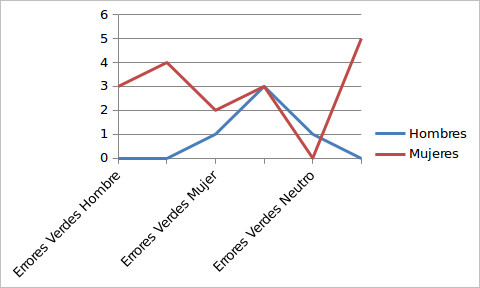
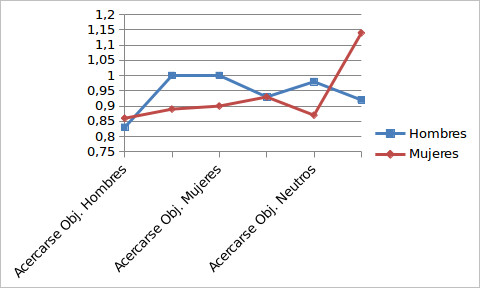
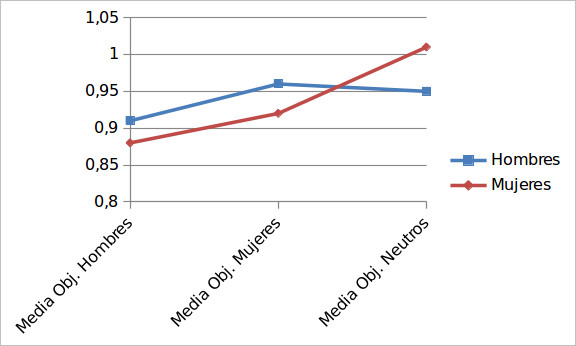
We also correlated the results in the virtual reality task to the three questionnaire also administrated in the study.
These are the results for the mean in both conditions only for Men objects (Table 4). In order to calculate them, we used the Pearson bivariate Correlation system.
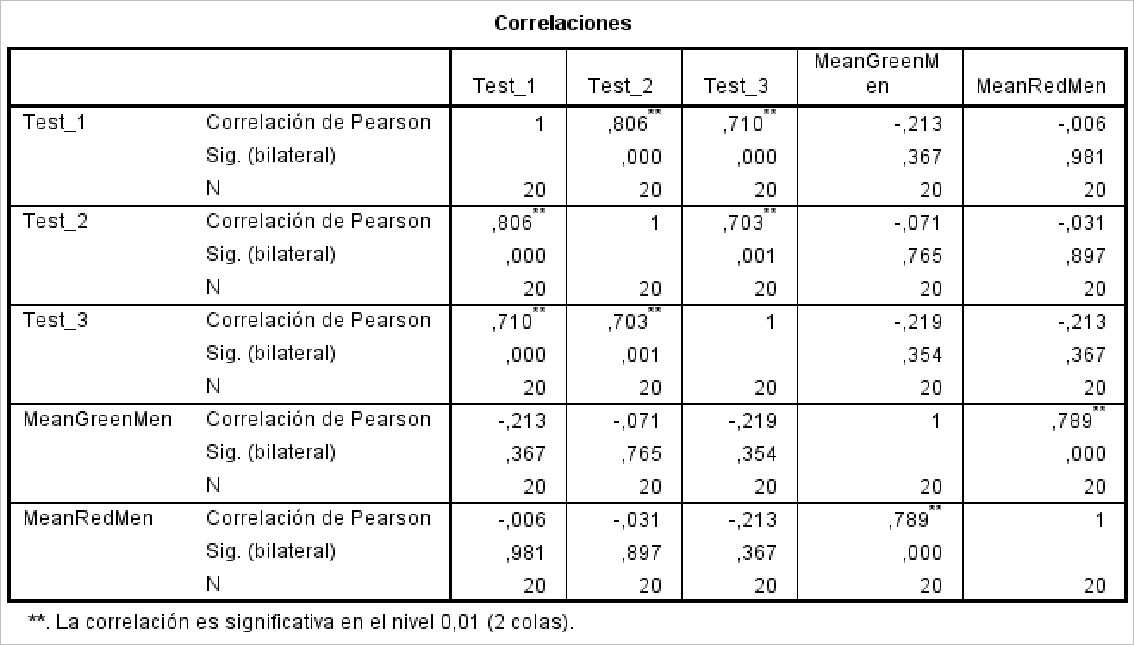
Table 4. Correlation the results in the virtual reality task to the three questionnaires in men object
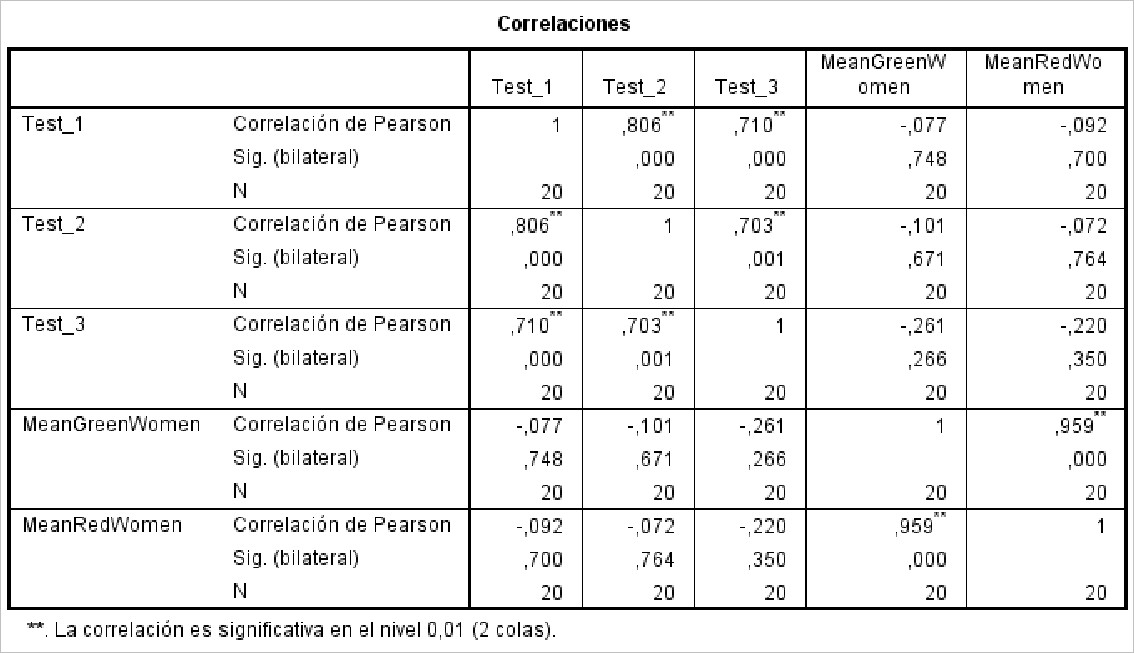
Table 5. Correlation the results in the virtual reality task to the three questionnaires in women object
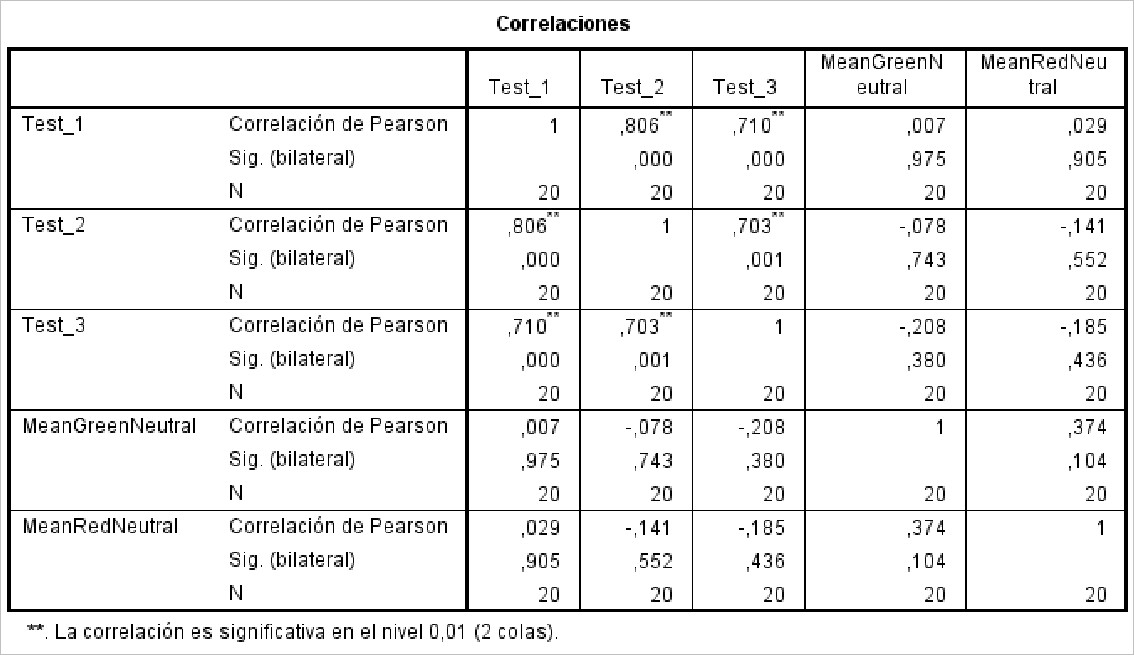
Table 6. Correlation the results in the virtual reality task to the three questionnaires in neutral object
As we can see, there is no relation between our test and the three other questionnaires that measured compulsive buying.
Discussion
The results of this experiment weren’t expected in the beginning. The virtual environment was not able to identify people who were more likely to buy compulsively.
One reason could be due to sample size, as 20 participants are few to establish such a relationship.
Another reason could be that the virtual environment isn’t valid enough to identify the symptoms of this disease. If this is the case, it would need to investigate about shopping addiction to improve.
______________________________
Services:
Follow us on University of Barcelona's social networks:
Member of Two Campuses of International
Excellence HR Excellence in Research
More information:
© Universitat de Barcelona